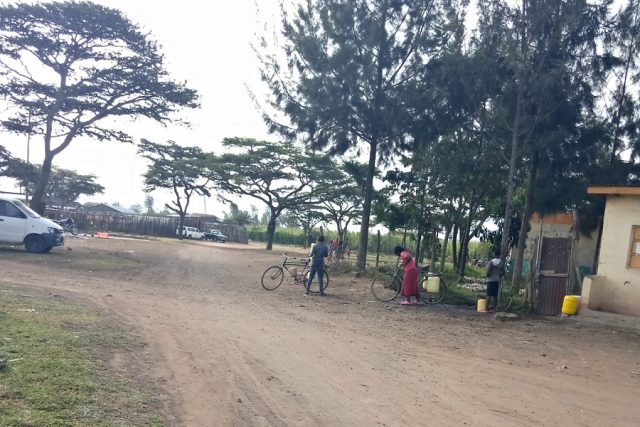Kongasis town is located Pipeline Kiambogo road some 30 kilometers from Nakuru Town. It started as a trading center.
According to KNBS, Nakuru County is estimated to have a population of 2.1 million people covering an area of 7,498 square kilometers. Therefore, it is not as extensive in terms of land area as large counties such as Marsabit (70,691 square kilometers) and Turkana (68,680 square kilometers).
Administratively Nakuru is made up of 11 sub-counties: Naivasha, Nakuru Town West, Nakuru Town East, Kuresoi South, Kuresoi North, Molo, Rongai, Subukia, Njoro, Gilgil and Bahati. These sub-counties further have 55 wards.
In terms of population, Nakuru is the third most populated county in Kenya after Nairobi and Kiambu with a population of 2.1 million as indicated above.
Kiambogo and Kongasis town are located in Gilgil Constituency. This political administrative area covers an area of 1,348 square kilometers. In terms of wards, Kongasis town is in Elementaita ward of Nakuru County. According to 2009 National Housing Census, Gilgil Sub-County had a population of approximately 152,000 people and is project to have 212,000 people by the year 2020.
Access to clean water
According to Nakuru County statistics, Gilgil where Kongasis town and Kiambogo are located receive the lowest mean annual amount of rainfall (500- 800 mm per annum). Despite this area receiving low rainfall, the residents depend on rainwater for drinking water. This is the case considering that boreholes cannot be drilling considering that they produce salty water. As you may be aware salty water is not fit for use whether for domestic or livestock consumption.
The wealth residents, have invested on huge water tanks to harvest and store rain water. Those with resources even construct underground water tanks to enhance their storage capacity. This is a huge challenge especially during prolonged dry periods.
If you walk around Ol Jorai settlement scheme, you will see small water dams near each home stead. These provide water for livestock, cleaning clothes, washing utensils and when things get tough some people use the water to cook.
Internet access
Despite the county hosting the fifth largest town in Kenya, there is unstable internet connection in many areas. It is not clear why this is the case. Internet is not the only service that is inadequate in some parts of Nakuru. The area is so extensive in terms of land surface area that there are some rural areas where getting a matatu to Nakuru town is a nightmare. For instance, Kongasis town is a small trading centre located along the road from pipeline to Kiambogo. The centre clearly lacks basic social amenities such as sewerage system. Getting a matatu from the trading centre to town involves a lot of waiting especially during odd hours. For instance, yesterday, I wanted to leave Kongasis town at 9:00 am to meet our clients in town, I waited for two full hours before we could be ferried to town in a small car which serves as a Public Service Vehicle.
Plenty of food
Food security is a Constitutional right (check Article 43 of the Constitution) in Kenya and Nakuru County is promoting this right through its many large scale and subsistence farms. Most food crops perform very well in the county. For instance, wheat, maize, beans, sweet potatoes, millet and wimbi are all grown by many farmers across the county.
Kiambogo area is not left behind, the area has fertile soil and farmers grow mainly maize and beans. They also keep livestock such as cattle, goats and sheep. Sheep is the favorite in this area of Kenya. Those who do smart farming grow short term crops such as vegetables, beans and Irish potatoes among others. Growing maize is sometimes disadvantageous considering that when you grow maize in April you have to wait till November in order to harvest. That means you have one planting season the entire year.
On the other hand, if you grow beans only ( I did that) you harvest after four months and if the weather was good, you make good money. Beans still do very well over this side of Kenya.
Read More:
- Skin lightening products seized in Nakuru
- Lake Nakuru National Park (photos) ;
- Under-collection from flower cess in Nakuru County;
GOT a story? Contact Kerosi Dotcom on EMAIL info@kerosi.com


